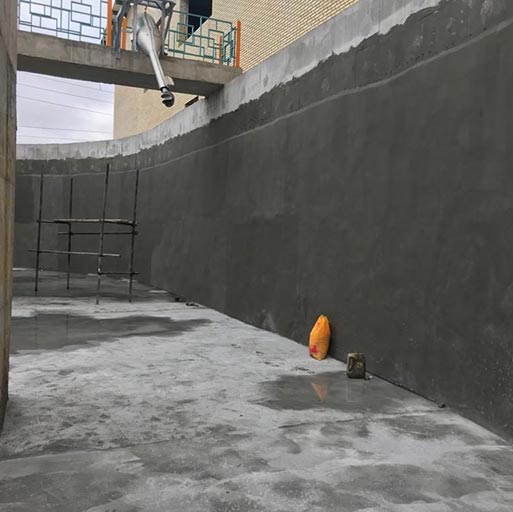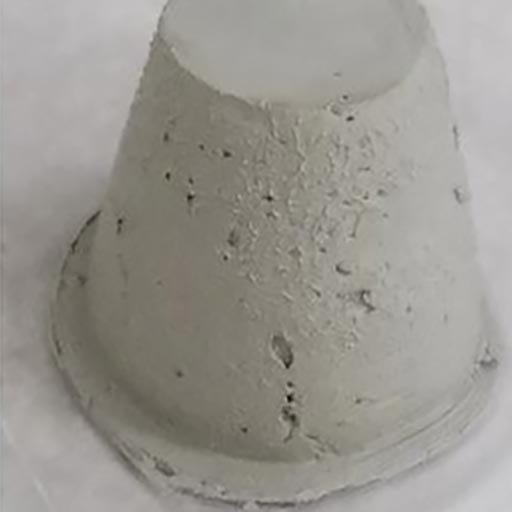Cellulose ethers (CEs) are used to improve the workability of cement mortars while maintaining the water holding capacity and fluidity [1,2]. HPMC is the most widely-used CE [3]. High water retention improves the cement hydration and limits the absorption of the mixing water by a substrate and thus provides good mechanical and adhesive properties to the mortar [4,5]. Cellulose ethers thicken cement slurries, and their water retention is usually attributed to increased slurry viscosity. Desbrieres et al. [6] showed that polymers increase the water retention of cement-based pastes by increasing the viscosity, which reduces filtration loss. Anionic polymers can adsorb on the surface of cement particles, block cake pores, and act bridges between cement particles. Marlieres [7] et al. showed that the water-holding capacity of cellulose ethers affected many types of porous media, and could be polymerized in solution to render polymers hydrophobic. Water retention occurred because water migration between pores was blocked. Pourchez et al. [8,9] showed that cellulose ether had a retarding effect on the hydration of cement slurry, while also helping retain water. The degree of substitution (DS) and molar degree of substitution (MS) was the key parameter affecting the hydration of cement. Brumaud et al. [10,11] found that due to CE adsorption on the surface of cement particles, calcium silicate nucleation and the dissolution rate of tricalcium aluminate were slowed, thus inhibiting cement hydration. The results also showed that the adsorption capacity of CE on the surface of cement particles was related to the MS and DS. Weyer [12] showed that CEs with a lower degree of substitution had a greater retarding effect on cement hydration. Alexandre [4] et al. analyzed the concentration of cellulose ether of the interstitial fluid of cement paste and found that limited adsorption CE occurred on particle surfaces by the total organic carbon (TOC) analyzer. Water retention did not occur via adsorption on the surface of cement particles and was instead caused by blocking.
In this paper, the effect of HPMC (hydroxypropyl methyl cellulose ether) on the cement mortar water retention (WR) and composition was studied. The relationship between the plastic viscosity and water retention of cement mortar was revealed. The results showed that HPMC formed a colloidal film with a 3D network structure in water, which changed the ability of water to migrate. The HPMC colloid adsorbed on the surface of cement and sand particles and played a bridging role due to the influence of the spatial network structure of the thin film. Fine particles formed a grid-like distribution, and the hydration products formed a unique fibrous tree-like structure. A positive correlation was observed between the plastic viscosity and the water holding capacity of cement mortar. Finally, the mechanism responsible for the improved water retention of cement mortar by HPMC was analyzed using the changing water migration capacity, migration channels, and mortar cohesion.
Link: https://www.mdpi.com/1996-1944/13/13/2918/htm




